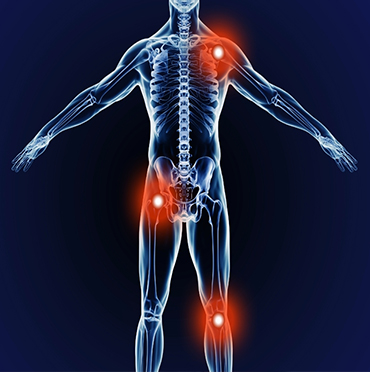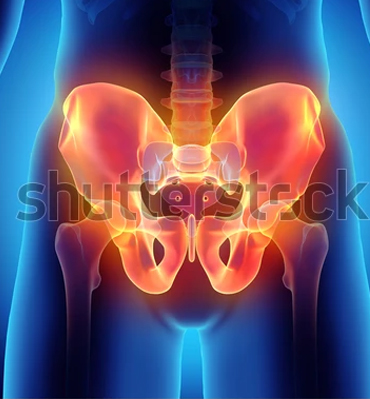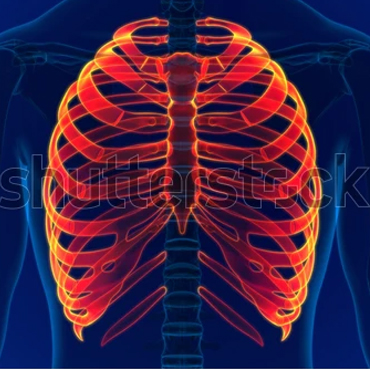UNDERSTANDING PAIN
Pain has many originations: French (peine), Latin (poena), and Ancient Greek (Poine) – to name a few. Poine was a Greek goddess of vengeance to punish mortals when they angered “the Gods.” Pain is defined as an unpleasant sensory response to a stimuli. In other words, pain is: stabbing, throbbing, hurting, shooting, debilitating, depressing, causes loss of control, sleepless nights and the inability to work. Pain robs people of the basic comforts of life.
It is important to understand the difference between acute and chronic pain. Acute pain is present for a short while (self-limited), which varies from patient to patient. On the other hand, chronic pain may continue for an indefinite period of time. Chronic pain may continue even with medication(s) and interventional regimen, but at a manageable level of pai

















